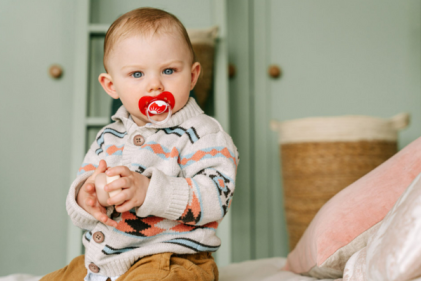
While we may think we have all the boxes ticked when it comes to our child's skin protection, recent guidelines issued by the Health Products Regulatory Authority suggest many of us may benefit from a wake-up call when to comes to sun damage and our skin.
Addressing issues surrounding usage guidelines and recommended amounts, the organisation has urged parents to be vigilant when administering cream to both themselves and their children.
Whilst no suncream gives 100% protection from sun exposure, out-of-date, spoiled or insufficient amounts of sun cream can decrease the effectiveness of this health product.
The HPRA advises that the average sized adult should be using at the very least six full teaspoons of sun creams in order to give the indicated protection as using quantities less than this will decrease the SPF/UVA protection of the product.
Turning attention to the younger members of the family, the organisation advises that the minimum amount of sun cream is based on factors including height and weight of the child and explain that sun cream should always be applied 20 minutes before exposure to the sun and reapplied at a minimum of every two hours.
If you are unsure as to whether your suncream is out of date, you are advised to consult the packaging which indicates the maximum time for which the product is safe to use once open.
For example, a symbol depicting an open jar with the figure '24' indicates that the cream is safe to use for up to 24 months after opening.
Consumers are advised to consider the source of their product, with the HPRA advising families to check for a European address on the label as the absence of this may indicate that the product has been imported from outside the EU and may not meet European requirements for safety assessment,
The organisation also suggest that storing your suncream in a cool, dry place away from direct sunlight is the best method to adhere to.
Commenting on the guidelines, Aoife Farrell, Cosmetics Manager, HPRA, says: "We would always advise people to check the UVA and UVB (SPF) protection on product labelling as both of these rays can cause damage.
Elaborating on the point, she goes on to say: "UVB radiation causes the skin to darken in colour, or in some instances, burn. UVA penetrates the skin further than UVB causing skin aging, resulting in wrinkles and pigmentation. Both forms of UV rays have the potential to cause skin cancer.”
With this weather set to continue, it's very important we all bear this information in mind.






